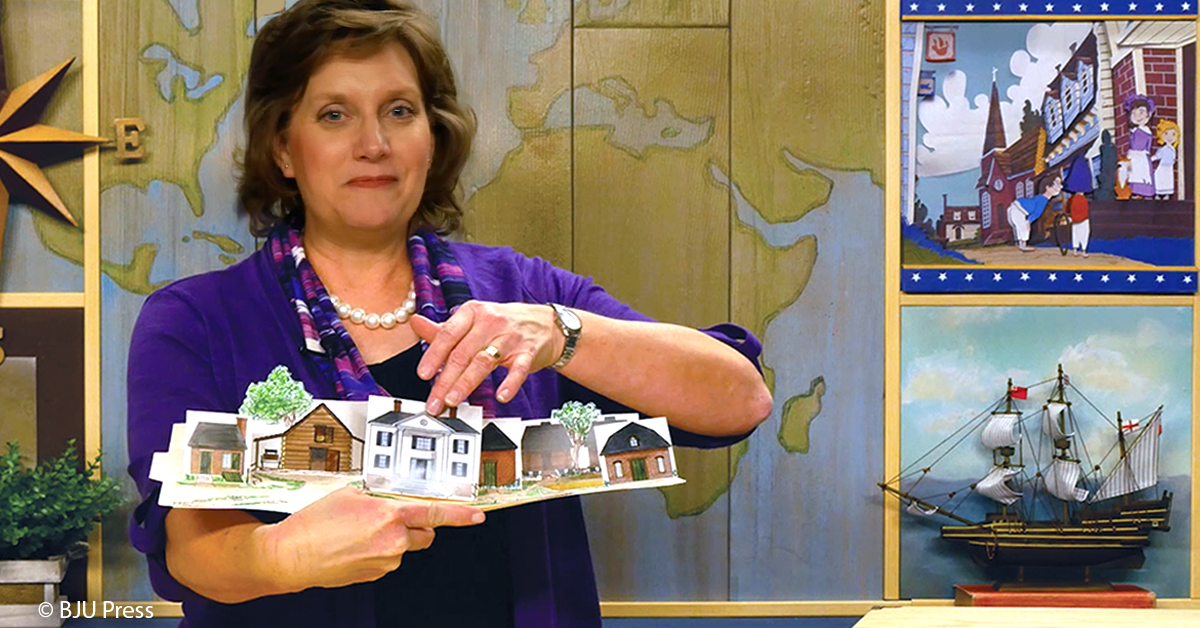
History can be fascinating. Narratives about battles, discoveries, tensions, and alliances inspire many children to embrace learning. But I was never one of those children. Unless it was an area of history I wanted to know about—ancient Egypt, medieval Britain, or Edo period Japan—I wasn’t interested. Many children need to feel connected to the stories of history in order to embrace it. Your children may not be as picky about history as I was, but you’re probably familiar with the struggle to get them invested in it. One way to inspire interest is to make a personal connection to historical events. And what could be more personal than their own family history?
The Power of Stories
In college, I took a storytelling class. One of the things my teacher impressed on us was the power of family stories. In fact, she encouraged us to start a journal to record stories our parents had already told us plus any new stories they told. It’s often easier for children to remember the stories we tell than the dates in their history textbooks. You may not think of significant events from your lifetime as being part of history, but for your children, they are.
Many of us remember exactly where we were and what we were doing when we first heard about the 9-11 attacks on the World Trade Center. You’ve probably shared those memories with your children on the anniversary of the attacks. Similarly, your parents or grandparents may remember the assassination of President Kennedy or the Japanese attack on Pearl Harbor. Our lives are full of these stories—moments that become significant for the next generation. Taking the time to share these accounts from your family history gives your children a personal connection to historical events. And, if your parents or grandparents can share their stories themselves, it gives your children an opportunity to build stronger relationships with them and create lifelong memories.
Researching Family History
Family stories can create connections that reach back to the twentieth century, but what about earlier? Researching family lineages is a recent trend that you might find useful in encouraging historical interest. Everybody hopes to find that they’re the descendant of a king or famous person. Though records are available publicly, online databases such as Ancestry.com make researching much easier. The system automatically makes connections to public records and existing family trees. The system will require a subscription fee, but you may not have to do all the work yourself. Many find that distant cousins have started the research already.
Going back generation by generation can ignite your children’s curiosity about history. What would your children want to know if they learned their fifth great grandfather was a Confederate prisoner of war during the Civil War? Would they see the colonies differently if they knew that their tenth great grandfather was among the first to settle in Germantown, Pennsylvania? You may not be related to someone famous, but even an unknown Confederate soldier can inspire learning.
You might also get a chance to look at scans of historical documents—such as census forms and marriage indexes. These records are primary sources, which are vital for the successful study of history. They’re not the Constitution, but they still show your children what their ancestors did, where they lived, and much more. Everything that you uncover is another glimpse into history and how our country has changed.
It’s impossible to learn about where we came from without also learning how history affected our ancestors. So if you’re struggling to inspire your children’s interest in history, remind them that the events they’re learning about in their history textbooks changed the lives of their ancestors.
